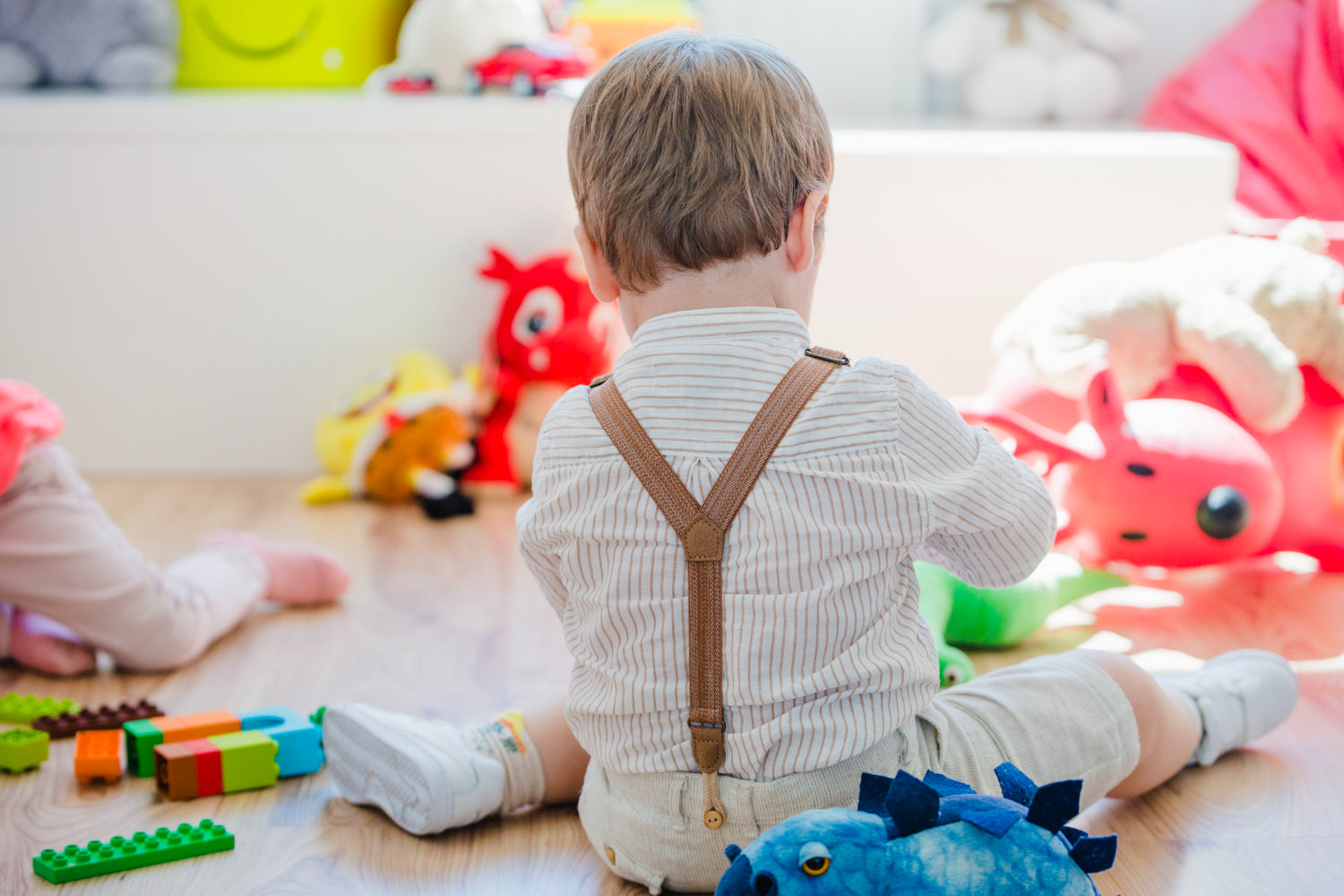Montessori Babywearing: The Benefits, Techniques, and Products That Support Attachment and Independence

Babywearing is a practice that has been used in various cultures around the world for centuries. It involves carrying a baby or a toddler in a soft, supportive carrier, sling, or wrap that distributes the child's weight across the caregiver's body. This method of parenting nurtures a deep sense of connection, promotes healthy attachment patterns, and offers numerous developmental benefits for the child. Babywearing is entirely compatible with Montessori principles, aligning with its emphasis on forming a secure attachment with the child while providing ample opportunities for exploration and developing autonomy.
In this insightful and informative article, we will delve into the world of Montessori babywearing practices and explore the benefits, techniques, and Montessori-inspired products that support both secure attachment and independent exploration. Montessori babywearing is an intentional and nurturing approach to parenting, fostering a feeling of safety and security while respecting the child's natural inclination towards curiosity and autonomy.
Embark on your Montessori babywearing journey with us and discover how this beautiful bonding experience can support both you and your child in fostering a loving connection, secure attachment, and a strong foundation for autonomous development (CTA).
1. Attachment in the Montessori Context: The Importance of Bonding During the Early Years
Attachment is a foundational concept in Montessori education, as it is the basis for establishing strong bonds and healthy relationships between caregivers and children. These connections create a secure and nurturing environment for children to grow, develop, and explore the world around them.
Within the Montessori philosophy, the early years are crucial for fostering healthy attachment patterns. This emphasis on attached parenting is supported by various practices, such as responsive caregiving, creating a prepared environment, and babywearing, all designed to help children feel safe, secure, and loved in the arms of their primary caregivers.
2. Benefits of Montessori Babywearing for Caregivers and Children
Montessori babywearing offers numerous advantages for both caregivers and children, including:
A. Physical Bonding: Babywearing facilitates close physical contact, promoting a strong sense of connection between caregivers and their children.
B. Regulation of Emotional and Physiological Processes: The close proximity afforded by babywearing helps infants regulate their breathing, heart rate, and body temperature more efficiently, and can also contribute to a sense of emotional well-being and security.
C. Hands-Free Convenience: Babywearing allows caregivers to maintain physical closeness with their child while freeing up their hands to engage in other tasks or activities.
D. Stimulating Cognitive and Sensory Development: Babywearing provides an opportunity for infants to observe and learn from their surroundings, promoting cognitive and sensory development.
E. Encouraging Independence: By enabling children to feel safe and secure while exploring their surroundings, babywearing supports the development of independence and self-confidence.
3. Montessori Babywearing Techniques: How to Wear Your Baby Safely and Comfortably
To maximize the benefits of Montessori babywearing, it’s essential to practice safe and comfortable techniques. Here are some guidelines to ensure the security and well-being of both you and your baby:
A. Consult a Professional or Attend a Babywearing Workshop: To guarantee you're utilizing proper techniques, seek guidance from a certified babywearing educator or attend a babywearing workshop.
B. Ensure Proper Support: Choose a carrier that provides support for your baby's head, neck, and back, and allows their legs to remain in the "M" position, preventing hip dysplasia.
C. Maintain Clear Airway: Ensure your baby's airway remains unobstructed, with their head and face visible at all times. The baby's chin should not be pressed against their chest.
D. Adjust for Comfort and Ergonomics: Make sure your carrier is adjusted to comfortably and securely distribute weight across your body, reducing strain on your shoulders, back, and hips.
4. Choosing Montessori-Inspired Babywearing Products: Slings, Wraps, and Carriers That Respect Autonomy
Selecting Montessori-approved babywearing products is vital to ensure the safety, comfort, and autonomy of both you and your child. Here are some options to consider:
A. Ring Slings: Ring slings are a versatile option, suitable for newborns, infants, and toddlers, offering ease of use and adjustable comfort.
B. Soft Structured Carriers: These carriers are designed with padded straps and buckles, providing ergonomic support and ease of use. Many models feature adjustable settings to accommodate your child's growth.
C. Wraps: Wraps offer the most customizable fit and support but may require a more significant learning curve for caregivers. They are ideal for those seeking a snug, secure babywearing option.
5. Navigating the Balance between Connection and Independence: When and How to Enable Independent Exploration
Montessori babywearing serves as a valuable bridge between fostering a strong connection and promoting independence in your child. As your child develops, it's essential to strike a balance between babywearing and encouraging autonomous exploration.
Follow your child's cues and gradually allow them time to explore on their own, recognizing their growing need for independence. Incorporate babywearing into your daily routine when appropriate and continue to establish a loving and supportive bond with your child.












